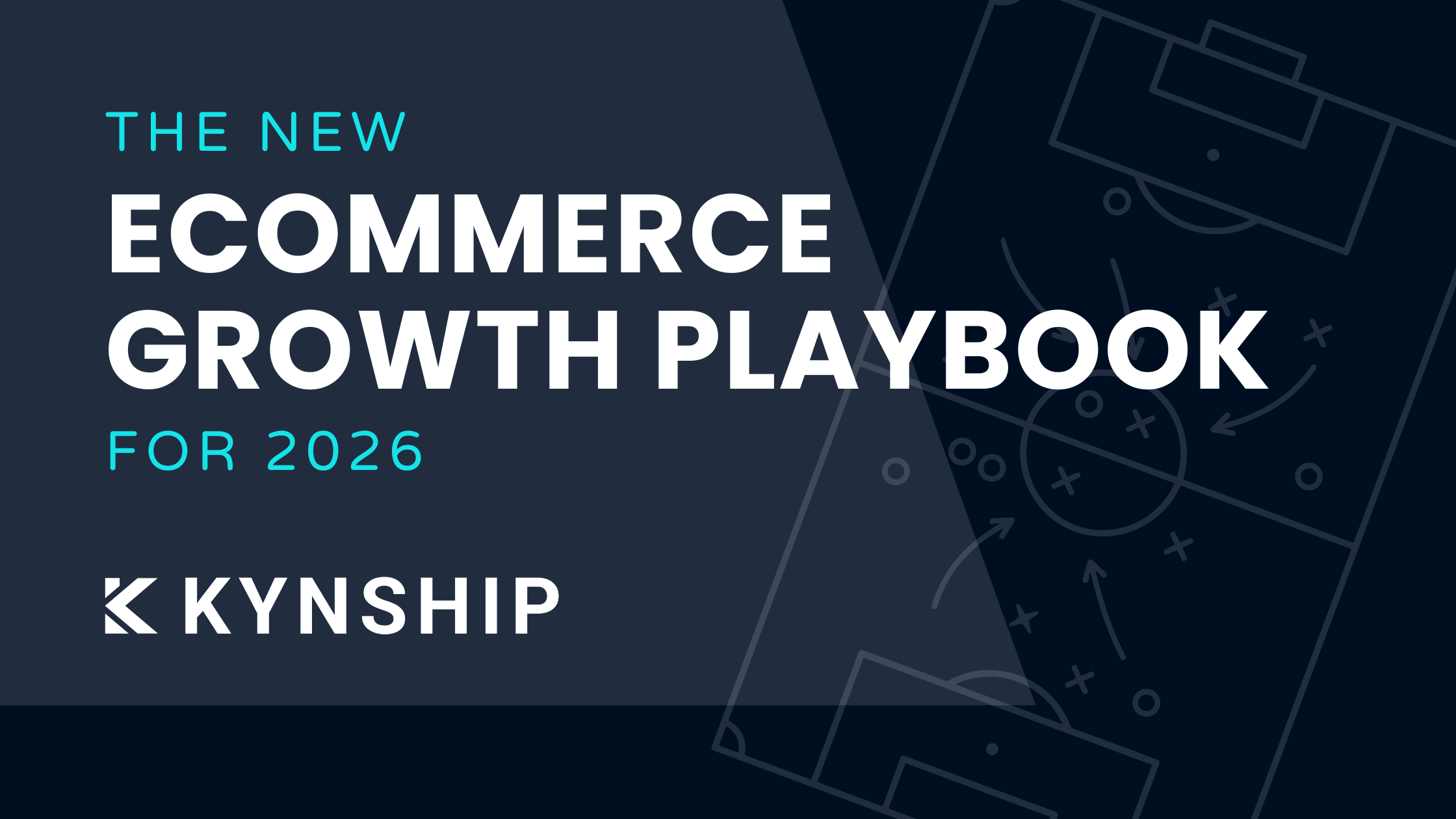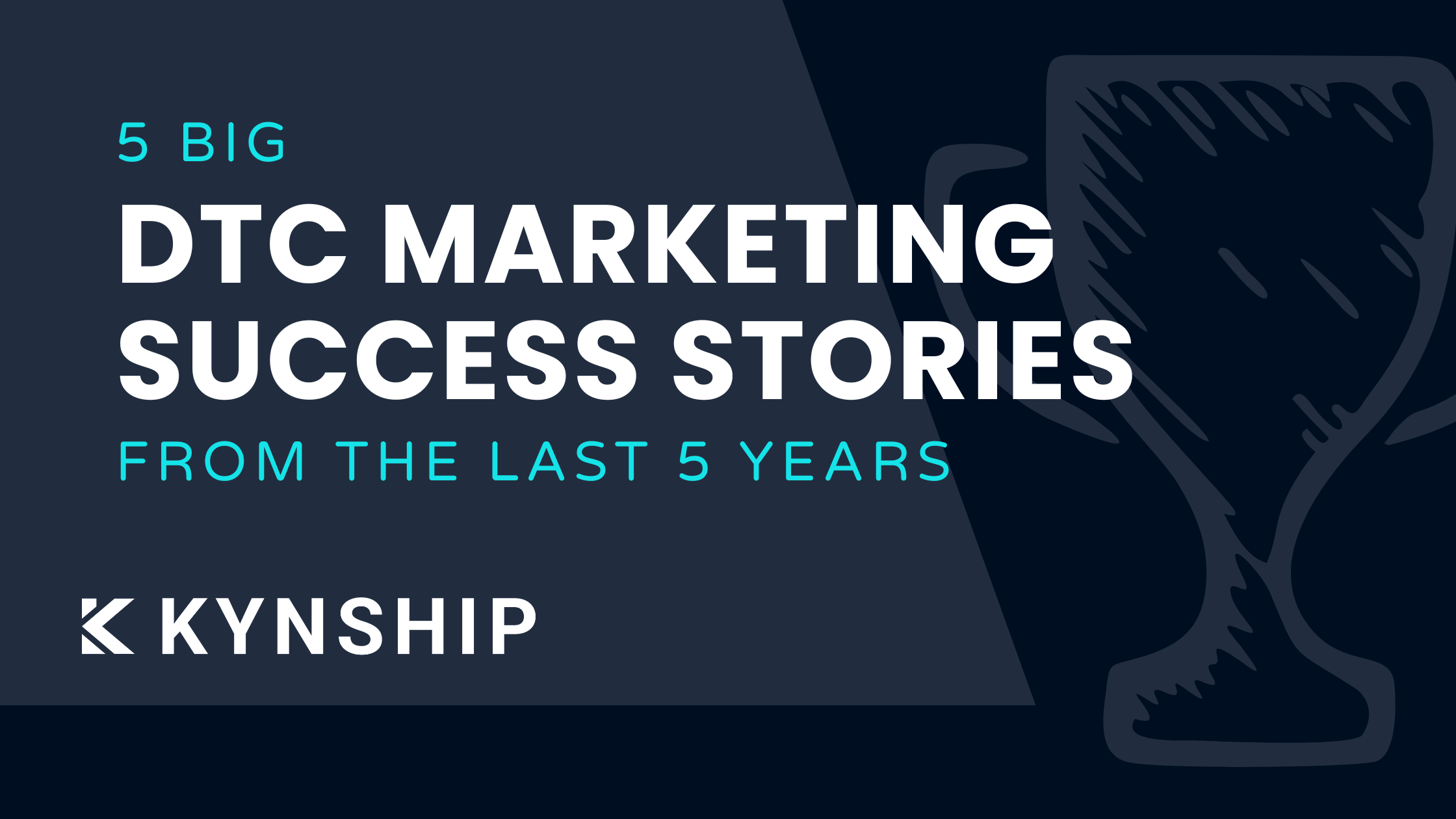If you want to think big... think small

The term "influencer marketing" has been doing the rounds for a few years now, and it's much more than just a buzzword. 2017 saw an explosion of influencer marketing — every company wanted to have an influencer marketing strategy, and those that didn't got left behind and spent all of 2018 trying to catch up.
2021 is here, and influencer marketing shows no signs of dying down. Actually, influencer marketing is quickly proving itself to be the Goliath among David's. However, there has been a significant change in the way brands approach influencer marketing. Where once it was all about getting the most prominent names, now it's about finding influencers with a smaller yet highly engaged following.
Celebrity influencers may look great in terms of numbers, with millions of followers on social media platforms like Instagram, but in terms of conversions, they miss the mark. Why? Their following may not be as engaged with the content they put out. Not to mention the substantial initial investment required to partner with celebrity influencers, which generally leads to more than a few uncomfortable conversations about ROI.
Enter micro-influencers

What are micro-influencers?
Micro-influencers are smaller influencers who have a following of 10,000–100,000. This means they can regularly engage with their small(er) but dedicated following. They are far more valuable to businesses that are interested in actually selling their products as opposed to mass visibility. In fact, according to HelloSociety, micro-influencers have a 60% higher campaign engagement rate than macro-influencers. In most cases, the engagement rate for influencers peaks at a couple of thousand and then starts to stagnate.
Where can you find micro-influencers?
Micro-influencers exist in every industry. But like every influencer campaign, you must be careful about choosing the right ones. The best place to start your search is your own social media accounts, as micro-influencers may already be following you or engaging with your posts. Additionally, several tools help you find influencers who are engaged with your industry or products like yours. It's important to find influencers who not only engage with products like yours but who also have an audience that matches yours.
Keeping track of your interactions with influencers and managing your relationships carefully is crucial. More often than not, a spreadsheet doesn't cut it. So, you have to pick a tool that gets the job done and helps you keep track of your interactions. At Kynship.co, Mighty Scout is our tool of choice.
Why should you work with micro-influencers
In one sentence: micro-influencers have followers that are interested in the product or service that you are selling. By comparison, macro-influencers with massive followings have followers from all domains and niches, lowering the chance of reaching the audience relevant to your product. The main reason for this is that micro-influencers are simply more authentic. This feeling of authenticity exists because they have genuine interactions with their followers, have a good knowledge of their niche, and are known to be less commercial.

Micro-influencers are also more accessible to brands of all sizes, not just the large ones. Through the traditional influencer marketing model (not ours), marquee celebrities charge tens of thousands of dollars for a single post. In contrast, micro-influencers usually charge a couple of hundred dollars on average. A lower budget improves ROI and allows you to work with multiple influencers at once, which expands your reach to a more targeted audience. Through the Kynship seeding model, you typically see a more substantial ROI based on the approachability of micro-influencers, saving on time and seeding product invested.
Lastly, it has been proven that micro-influencers considerably influence buying decisions. According to Nielsen, 82% of Americans make purchases based on recommendations from friends. Furthermore, 31% of Americans (from Socialbakers) make purchases based on recommendations from influencers. Therefore, leads which come in via micro-influencers are more qualified than leads from other promotional efforts. While Nielsen and Socialbakers gave us the precise analytics, common sense would dictate this fact.
Micro-influencer campaigns that made a difference
ASOS: It's not just small brands that are embracing micro-influencers; retail giant ASOS struck gold with its "ASOS Insiders" campaign where they enlist the help of fashionistas around the world — a group of twenty-somethings — who give style tips to the audience at ASOS, kitted out in ASOS outfits. The idea is that users and followers can directly buy their outfits of the day from the influencers. ASOS also works via a multi-channel strategy and uses Instagram, Pinterest, Facebook, and their own platform for this effort, to make sure that they tap into all audiences.
Daniel Wellington: It's not just influencers of the human variety making a difference in the micro-influencer world. Daniel Wellington has partnered with furry influencers Jasper and Louie, a pair of dogs from Canada. Daniel Wellington's digital marketing team has collaborated with them to work on posts featuring the pups and their owner, along with a Daniel Wellington watch. It may not seem evident at first, but the campaign allows them to tap into newer audiences that are different from the fashion/tourist segment that they're used to.
Adidas: The sportswear manufacturer partnered with micro-influencers to promote a vast range of their products. For instance, they partnered with Emily Joseph to promote their line of "Ultraboost" shoes. What followed was a candid review where the lifestyle blogger noted that she had a negative preconceived notion about the product, but that soon changed after she started working out with the shoes on. This started a more authentic and organic conversation around the product, which led to the effective promotion of both the brand and the shoes.

What determines success?
Influencer marketing can be a tricky game. What's even trickier is justifying the related expense to your management team. What are the measures of success? Here are a few KPIs to get you started:
ROI: This is probably the most important KPI. It determines the return on every dollar spent. No prizes for guessing — the higher the return, the better the ROI. In order for a brand to reach its goals here, it's crucial that they select the right portfolio of influencers with audiences similar to the ones which resonate with the product.
Engagement: Influencers are nothing without engagement. Likes, comments, clicks, and sometimes even reach are major determinants for campaign success.
Audience growth: Has your social media account grown? Have you got more followers than before the campaign? Have your engagement rates grown? These are some things to factor in while evaluating your audience growth after an influencer marketing campaign.
Bring the experts

Done correctly, working with micro-influencers can be great for your brand. They are approachable, eager to represent brands, and have a more engaged audience that can be harnessed for your brand and products. The primary factor here is that they are excited to grow with your brand.
While I have taken the cliff notes approach to the process and distilled it down to a three-minute read, there's more to finding the right micro-influencer(s). If you have checked us out here at Kynship before, you know our process is based on influencer seeding and organic relationships, not signing on influencers with paid contracts like a free agent linebacker. We don't believe in that type of relationship building and never will.
If you had to find the time to read this far, it's a safe bet that you won't find the time to develop organic relationships with the right micro-influencers who will maximize your ROI. All is not lost! We are here, and finding the right influencer for you is our full-time job. Reach out to us today for a breezy consult that will have you wondering why you didn't do this sooner. Get started.


5 DTC Marketing Success Stories From The Last 5 Years
Five real DTC marketing success stories from the last five years, breaking down how brands scaled despite rising CAC, creative fatigue, and tougher competition, plus key lessons you can apply today.

The New Ecommerce Growth Playbook For 2026
These are the ecommerce growth marketing strategies we are using right now to successfully scale DTC brands from $2M to $50M.
Bi-weekly tips to reduce your CAC
Join thousands of DTC operators and subscribe to Cut the CAC for insights from the Bottom Line Podcast and Kynship's growth strategies.


.avif)
.avif)
.avif)



